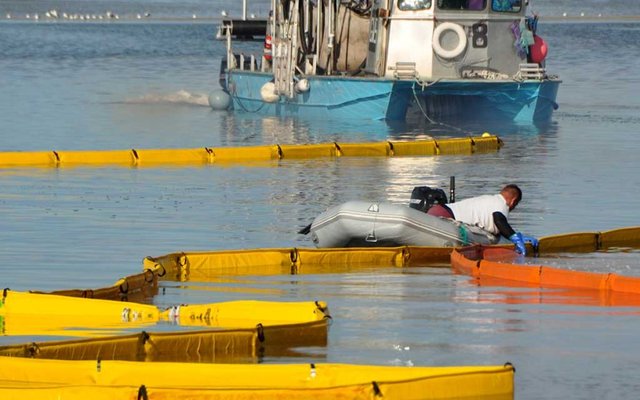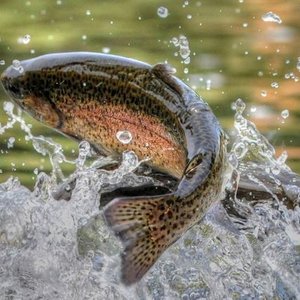Utah’s Great Salt Lake brine shrimp fishery has officially achieved the Marine Stewardship Council's (MSC) sustainable wild fishery certification, making it the first inland fishery in the United States to earn this prestigious certification.
Brine shrimp (Artemia franciscana) are a small, shrimp-like crustaceans that live in hypersaline lake environments and are a vital part of the lake's ecosystem, serving as a food source for numerous bird species and providing an important source of income for local fishermen.
The MSC certification process is rigorous and requires fisheries to meet strict standards for sustainable fishing practices, environmental impact, and management. The Great Salt Lake brine shrimp fishery underwent a thorough eight-month assessment by an independent, third-party certifier and was found to meet MSC's criteria for environmentally sustainable fishing practices.
“Great Salt Lake brine shrimp fishery's achievement of MSC certification is a testament to the hard work and dedication of local fishermen, who have been practicing sustainable fishing for generations,” said Nicole Condon, MSC US program director. “By earning this certification, the fishery is demonstrating their commitment to the long-term health of the lake's ecosystem and the communities that depend on it.”
Great Salt Lake is the largest saltwater lake in the Western Hemisphere and is home to one of the largest brine shrimp populations in the world. It is also the only commercial source of brine shrimp in the Western Hemisphere.
The MSC fishery certificate is held by the Great Salt Lake Brine Shrimp Cooperative. The cooperative uses unique gear such as rakes and containment booms to harvest the cysts of brine shrimp. They also use spotter planes to identify brine shrimp cyst blooms from above. Brine shrimp cysts are stored and hatched for use as live feed for aquaculture hatcheries with approximately 99% of the product exported to more than 50 countries around the world.
“Sustainability defines our industry in unique ways,” said Timothy Hawkes, vice chair and general counsel for Great Salt Lake Brine Shrimp Cooperative. “The harvest management system in place on the Great Salt Lake – developed in collaboration between industry and the State of Utah – harvests only the excess cysts in the system. That management system sets up the brine shrimp population for the best possible start the following year, which benefits not only the population itself but the brine shrimp industry and the tens of millions of migratory birds that also rely on the resource. We are grateful to be recognized for our dedication to sustainability with the MSC certification.”













